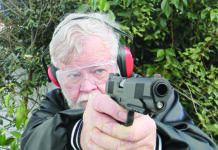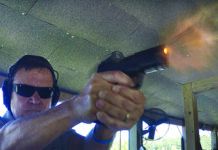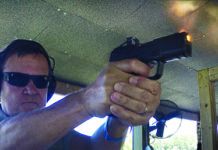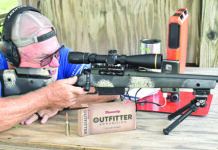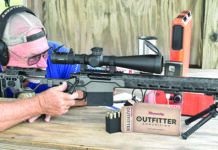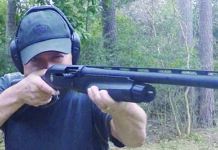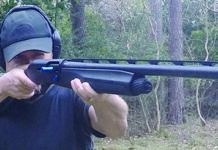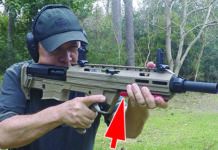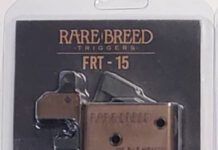(GunReports.com) — Collecting firearms and performing in historical or educational productions have become very popular in the last few decades. Many people have asked us about the potential criminal liability for possessing and carrying the weapons used in such activities, writes attorney T. Edwin Walker, Vice-President/Attorney, Walker, Rice & Wisdom, P.C.
For Texas, the current criminal law regarding the possession of weapons (of all kinds including firearms) is found in Chapter 46 of the Texas Penal Code. This article lays out what weapons are illegal to possess, illegal to carry, where it is illegal to carry them and where a CHL holder can and cannot carry a handgun.
The first section of Chapter 46 is very important; it includes the definitions of each type of weapon including: what is a “club”, what is a “knife” and most importantly what is a “firearm”. A “firearm” is defined as any devise which is designed, made or adapted to expel a projectile through a barrel by using an exploding or burning substance. The statute then specifically excludes from this definition an antique or curio firearm which was manufactured before 1899 or a replica of an antique or curio firearm made before 1899, which does not use rim fire or center fire ammo. The antique exception has been the law since 1973 when the criminal law was rewritten and codified as the current Texas Penal Code. The Texas Legislature has chosen to use the language “manufactured before 1899”. However, the Federal legal definition of antique firearm states that it must be a weapon “manufactured in or before 1898”. Oh, the wonders of government bureaucracy, which makes the law clearer by saying the same thing two different ways.
Prior to 1999, the law only exempted original, authentic firearms manufactured before 1899. However, in 1999 the Texas Legislature took notice of the fact that historical re-enactments had become extremely popular and added the exemption for replicas of pre-1899 antique or curio firearms. In an effort to conform to Federal Law, the replicas could not use rim fire or center fire ammunition. The statute was specifically tailored to cover historic muzzle loading, black powder, match lock and flint lock type weapons. Interestingly, this same amendment also allowed Bowie knifes and swords to be carried for purposes of historical demonstrations and ceremonies. If a replica is of a pre-1899 weapon that does use rim fire or center fire ammo, such as a replica Colt Single Action Army Model 1873, then it is treated by the law like any other handgun including those relating to carrying by a CHL holder. If your black powder gun is a newly manufactured model such as a Remington Model 700 Muzzleloader, then it will be regulated by all applicable laws relating to the carrying and possession of a firearm because it is not a replica of a pre-1899 gun.
It is very important to remember that the antique and curio language is contained in the statute as an exception to the definition. This means that the person accused of unlawfully carrying a weapon bears the burden to present evidence in court to prove that the gun they were arrested for carrying was an antique or curio manufactured before 1899 or a qualified replica of such a weapon.



